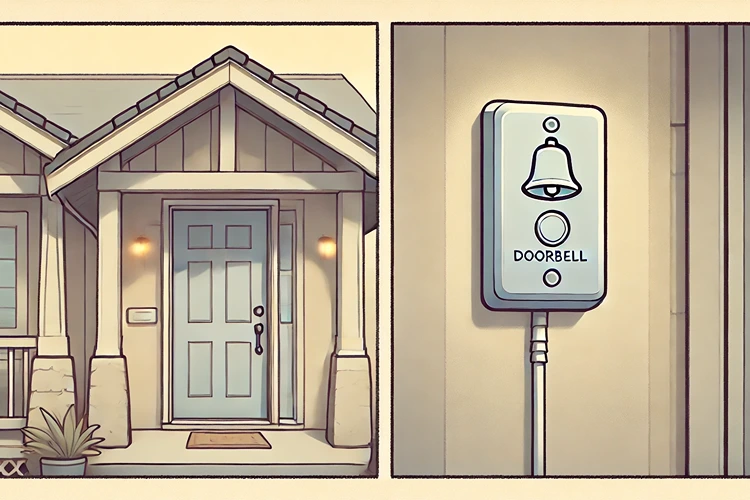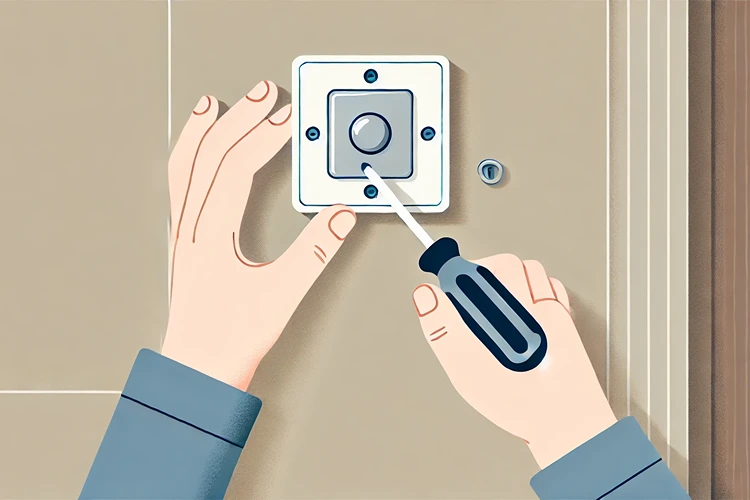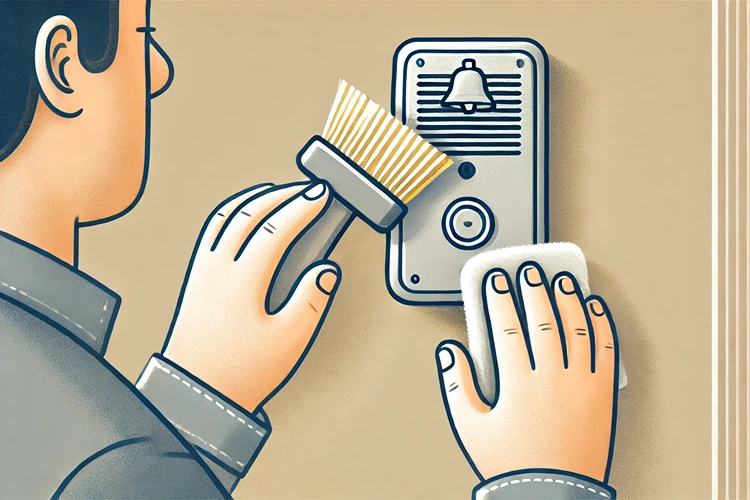Building a Custom Doorbell for Your Home Step-by-Step Guide

Building a custom doorbell for your home is a unique way to add a personal touch to your entrance. Whether you’re looking to match the aesthetics of your home or add some advanced features, crafting a doorbell from scratch allows you to create something that reflects your style and needs. This guide will walk you through each step, ensuring that your custom doorbell not only looks great but functions perfectly too.
What Materials Do You Need for a Custom Doorbell?
Before diving into the construction, it’s essential to gather all the necessary materials. The type of doorbell you want will dictate the specific components you’ll need. Here’s a breakdown of the basic materials:
- Doorbell Button: This is the external interface that visitors will press. You can choose from various styles, such as vintage brass, modern aluminum, or even a custom 3D-printed design.
- Chime Unit: The chime unit is responsible for producing the sound. Options range from traditional mechanical chimes to digital sound modules that can play custom tunes.
- Transformer: Most doorbells operate on low voltage, so a transformer is necessary to step down your home’s electrical supply.
- Wiring: Low-voltage wiring will connect the button to the chime and the transformer.
- Tools: You’ll need a drill, wire strippers, a screwdriver, and a voltage tester to complete the installation.
Helpful Hint:
When selecting your doorbell button, consider both style and durability. If your front entrance is exposed to the elements, opt for a weather-resistant button to ensure longevity.
How to Choose the Right Chime for Your Doorbell
One of the most exciting aspects of building a custom doorbell is selecting the chime. The chime sets the tone (literally) for your home’s first impression. There are several options to consider:
Traditional Mechanical Chimes
If you love the classic sound of a ding-dong or a Westminster chime, a mechanical chime unit might be for you. These units use physical mechanisms to produce sound, which can add a vintage touch to your home.
Digital Chimes
For those who prefer a modern approach, digital chimes offer versatility. You can choose from a wide range of pre-recorded sounds or even upload your own. This option is ideal if you want to personalize your doorbell sound, perhaps with a tune that holds special meaning.
Smart Doorbell Chimes
Integrating smart technology into your doorbell allows you to connect the chime to your home automation system. Smart chimes can play sounds through your smart speakers, notify you via smartphone, and even integrate with security cameras.
Stats:
In 2023, over 25% of new homes in the U.S. included smart home features, including smart doorbells, showing a growing trend towards integrating technology into home security and convenience.
Step-by-Step Guide to Building Your Custom Doorbell
Now that you have your materials and have chosen the type of chime you want, it’s time to start building. Follow these steps carefully to ensure a successful installation.
Step 1: Plan Your Installation
Before making any cuts or connections, plan where each component will go. The doorbell button should be easily accessible at the entrance, while the chime unit is typically installed inside the home, near the front door.
Helpful Hint:
Consider the layout of your home when placing the chime unit. It should be audible from key areas like the living room and kitchen but not too loud in quieter spaces like bedrooms.
Step 2: Install the Transformer
The transformer reduces the standard household voltage to the lower voltage required by the doorbell. Locate a suitable spot near your home’s main electrical panel to install the transformer. Turn off the power before wiring the transformer to avoid any risk of shock.
Step 3: Run the Wiring
Use low-voltage wiring to connect the doorbell button, chime unit, and transformer. Ensure that the wires are secured and hidden to maintain a clean appearance. You might need to drill holes to pass the wires through walls or door frames.
Step 4: Mount the Doorbell Button

Once the wiring is in place, install the doorbell button. Ensure it is securely mounted and that the wiring connections are tight. Test the button to confirm it’s functioning correctly before moving on.
Step 5: Connect the Chime Unit

Finally, connect the wires to the chime unit according to the manufacturer’s instructions. Secure the chime unit in its chosen location, then restore power and test the entire system. You should hear your chosen chime sound when the button is pressed.
Common Doorbell Installation Challenges and Solutions
| Challenge | Solution |
|---|---|
| Chime Sound Is Too Faint | Install a secondary chime unit in a central location or use a chime amplifier to boost sound. |
| Button Not Working Consistently | Check for loose wiring connections or replace the button if wear is evident. |
| Difficulty Running Wires | Use a wireless doorbell system to avoid the need for extensive wiring. |
| Interference with Other Devices | Choose a doorbell system that operates on a different frequency to reduce interference. |
| Limited Battery Life (Wireless Systems) | Opt for energy-efficient components and regularly check and replace batteries as needed. |
Customizing Your Doorbell for Added Features
Once your doorbell is up and running, you can add extra features to enhance its functionality. Consider these ideas:
Adding a Video Camera
Integrating a small camera into your doorbell setup can provide extra security. Many smart doorbells come with built-in cameras that allow you to see who’s at the door via your smartphone.
Integrating with Smart Home Systems
If you have a smart home system, link your doorbell to automate actions like turning on lights when someone approaches the door or sending you a notification if you’re not home.
Customizable LED Lights
Adding LED lights to your doorbell button can make it more visible at night. You can choose from various colors or even set up the lights to flash when the doorbell is pressed.
These customizations not only make your doorbell more functional but also add a unique touch that enhances your home’s curb appeal.
FAQs
Wrapping Up
Building a custom doorbell for your home is a creative and rewarding project that allows you to add a unique, personal touch to your entryway. By carefully selecting materials, planning your installation, and integrating advanced features, you can create a doorbell that not only complements your home’s design but also enhances its functionality.


